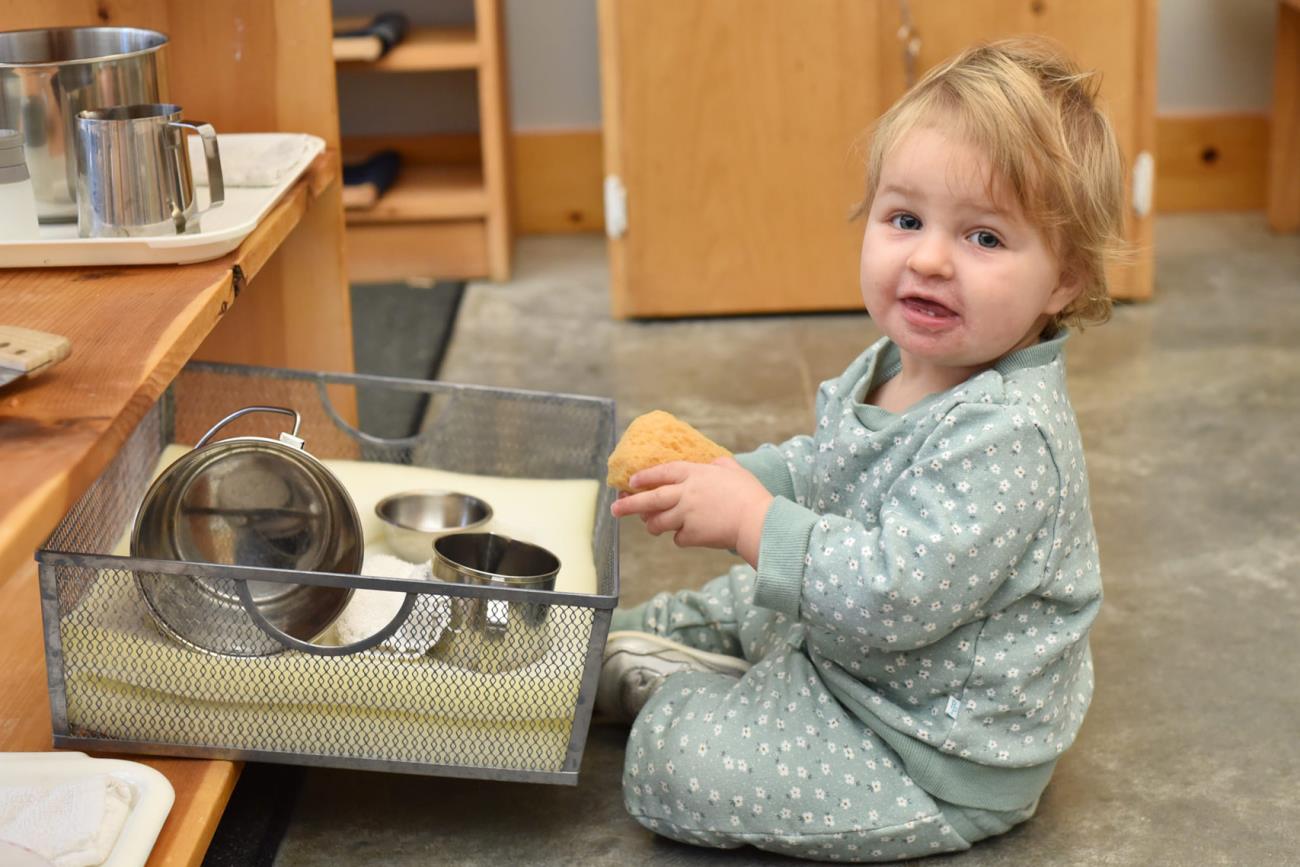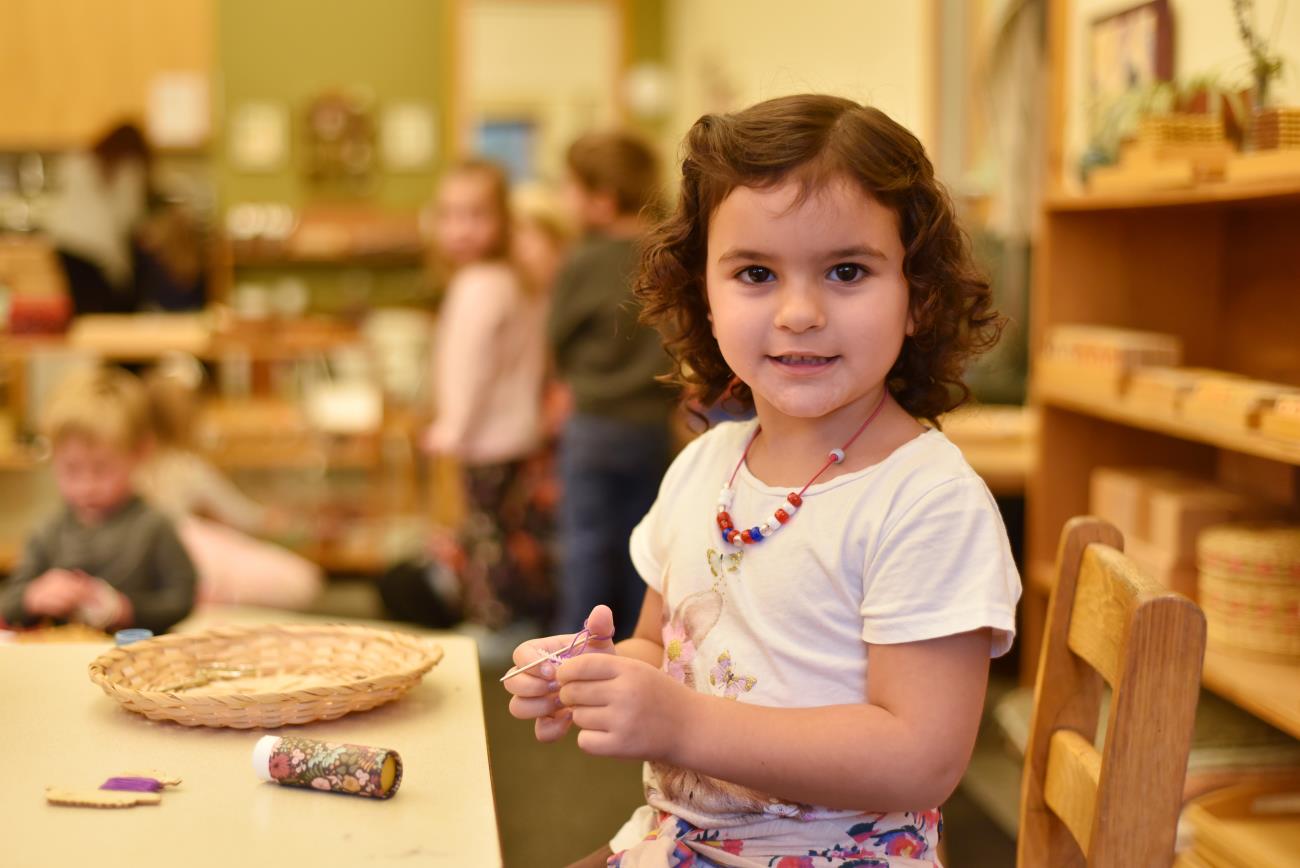A few years ago I developed an interest in woodworking. I purchased some hand carving tools and an instruction book on how to use them. I watched a lot of YouTube videos on the subject and joined a few woodworking groups on social media. Eventually, I was able to carve a very rugged cooking spoon. Not yet satisfied, I took a class on how to use machinery for woodworking. In doing so, I built a very rudimentary step stool. My quest to become a skilled woodworker was quickly diminishing with each piece I produced. I was not feeling satiated by my projects. I wanted to feel more intimately connected to wood and the art form of shaping it into beautiful objects. I was frustrated. I almost gave up. And then I stumbled upon a class that our local college was offering. The workshop was how to make a Windsor, comb back, rocking chair. The course description explained that techniques for planing, shaping, wedging joints, levelling, and assembling would be included. I was not particularly fond of the rocking chair style but I was excited by the idea of immersing myself in a woodworking challenge of this caliber. Finally, through this course, I was fulfilled in my woodworking exploration. By the time the class was complete, I had made a darn good rocking chair! I was both relieved and pleased. I also felt competent and encouraged to try a few other projects that had previously intimidated me.
The desire I had to satiate my call to action, in woodworking, came from an intrinsic place of motivation. Meaning that the challenge was not put upon me by an outside entity - extrinsically. I was able to lose myself in the work, and it felt good. I had an intense impulse to push through. I needed to feel and understand the whole experience from start to finish. I did not care one bit about the results, only the need to fulfil my urge to know more and do more.
When parents and educators know their children well enough, through observation and listening and questioning, we have a chance to match them with activities that inflame that intrinsic desire. We can help them arrive at a place where the motivation comes from within – and not because they will find praise or a tangible reward at the end.
This is largely the aim of Montessori education. In the book, Dr. Montessori’s Own Handbook, Maria Montessori states, “Notice that the child has a personality which he is seeking to expand; he has initiative, he chooses his own work, persists in it, changes it according to his inner needs; he does not shirk effort, he rather goes in search of it, and with great joy overcomes obstacles within his capacity.”
When an activity is met with that intrinsic value, and the child can own their course of learning, they are able to bring their knowledge and retention to a level beyond passive understanding. Where extrinsic motivation would bind a learner to that outside pressure or reward, intrinsic motivation brings a learner to a significant place of learning. A place where the lessons become ingrained in every fiber of our being and will forever change us.
Can you recall a time when you were intrinsically motivated?
Dr. Maria Montessori observed that children develop at their own pace and according to a series of highly predictable transitory sensitive periods. At each period they are susceptible to aspects of their own environment and acquire distinct characteristics.
Through her studies and observations, Dr. Montessori developed several critical periods that can overlap and do not necessarily follow a sequential order. Up until the age of about four and a half years old, learning is unconscious construction of themselves and has an emotional component. Sensitive periods act as inner guides to what is necessary for living and show up as a learning opportunity. Learning is never as easy, permanent, or perfect as it is when a child is particularly receptive to it.
When a three-year-old child arrives at The Children’s House, the prepared environment is like nourishing food because the sensitive period for order is very strong. This period can be stormy at times because of the urge for order. It is a challenge for the child to make sense of all of the stimuli around them. If the order is upset in any way, it greatly upsets their sense of security.
Sometimes adults get frustrated during this period because of the child’s need for order. Rather than being frustrated, we need to observe and find out what the child needs. The Montessori classroom, with its high level of order and structure, is very appealing to the child. This environment grants the child a feeling of security, which is so important because it allows them to feel free. They can trust and depend on the environment.
The development of the senses depends on the sensory information attracted to color, size, smell, and touch. By three years old, children begin to have refinement for sensory information. The idea of being able to determine light blue from dark blue is an example of this refinement. Also, during this period they have a great need for movement and the refinement of that movement. Children establish coordination of movement through continued practice. The child is attracted to physical exercises because it is a challenge to them. They are working on building themselves. While we know that children need movement, it is the refinement of these movements that is necessary for the child’s development.
Social behaviors are also learned from the group, culture, and environment they are a part of. They are naturally interested in what words to say and what gestures to use. As adults, we have a great obligation to show them how to be graceful and courteous.
As a Montessori guide, my greatest work is to observe children so that I can recognize their sensitive periods and give them the activities that will fulfill them. When a sensitive period is over, they have an urge to move on and learn more. Whatever we may call the sensitive periods, we have to be able to recognize them and give the child what they need to be constantly and unconsciously building themselves. The child will develop more fully if we are in tune with their needs during these great opportunities for learning.

